Affiliate links on Android Authority may earn us a commission. Learn more.
After waging a war on buttons, Apple has fallen back in love with them
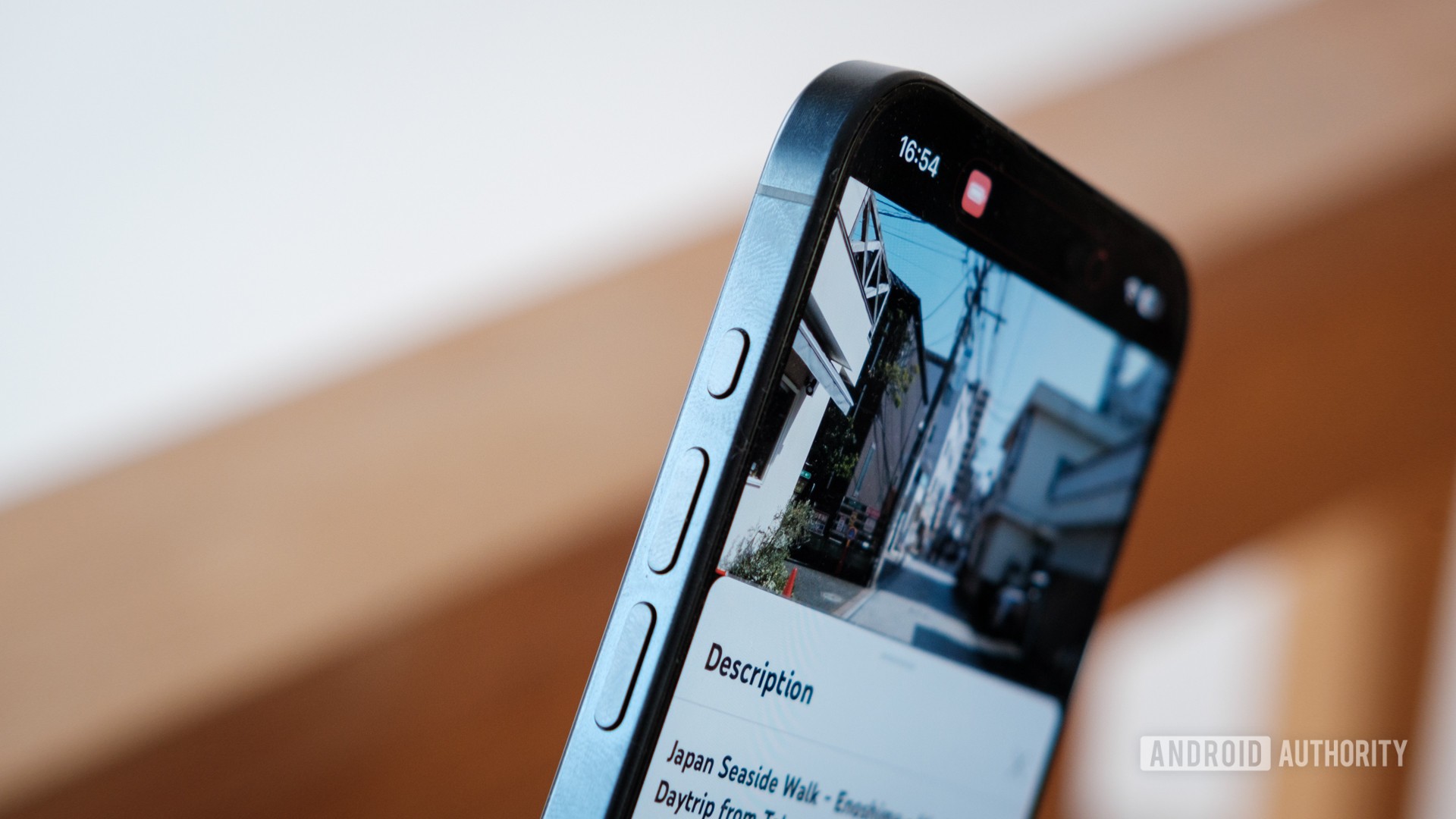
One of the biggest talking points of the iPhone 15 series launch last year was the addition of an Action Button on the Pro models. But recent rumors suggest this won’t be the only new key on iPhones. A new Capture Button could be making its way to the iPhone 16 line-up with the purpose of helping you quickly launch the camera and, presumably, focus, take photos and videos, and zoom in or out. Given Apple’s focus on videography and the iPhone’s beloved status among content creators, it’s only logical to make this process as seamless as possible.
However, for the 80s kid that I am, this is Apple’s proper admission of the superiority of buttons. Yes, touchscreens are fancy and modern, but you just can’t beat the speed, ease, and tactile feedback of pressing an actual button.
Recent Apple moves indicate that the company is in full agreement, not just from the iPhone’s perspective but practically across its entire lineup.
Touchscreen or buttons, which do you prefer?
Apple = Constance, Apple ≠ Change

Throughout its entire lifespan, Apple’s iPhone has been an ode to touchscreens and the abolition of buttons. Sure, the Home button outstayed its welcome a year or two while Apple figured out how to implement facial recognition, but that’s a minor asterisk compared to the phone’s early crusade against physical keyboards — QWERTYs and T9s alike.
And for the first 15 years, the iPhone remained steadfast in its side button configuration: volume, power, and silent switch. While Samsung added a Bixby button, Nokia a Google Assistant button, Sony a camera shutter button, and other companies toyed with different other options, Apple just stuck to its guns.
Apple doesn't implement changes naively, so Apple users aren't used to change. Any physical iPhone novelty is therefore monumental.
Some might say it’s Apple’s design ethos; I just think it’s partly a company-wide reticence to rock the boat and mess up a winning formula, and partly stubbornness to prove that you really don’t need more than a touchscreen to interact with your phone.
The iPhone 15 Pro’s Action Button was a small departure from that. I imagine that turning a single-purpose switch into a customizable multi-function button wasn’t a simple decision for a company so hellbent on sticking with what works, but still, it was a minor change. Users didn’t have to remember a new place to put their finger; they could even keep the silent function if they wished!
iPress, you press, we all press
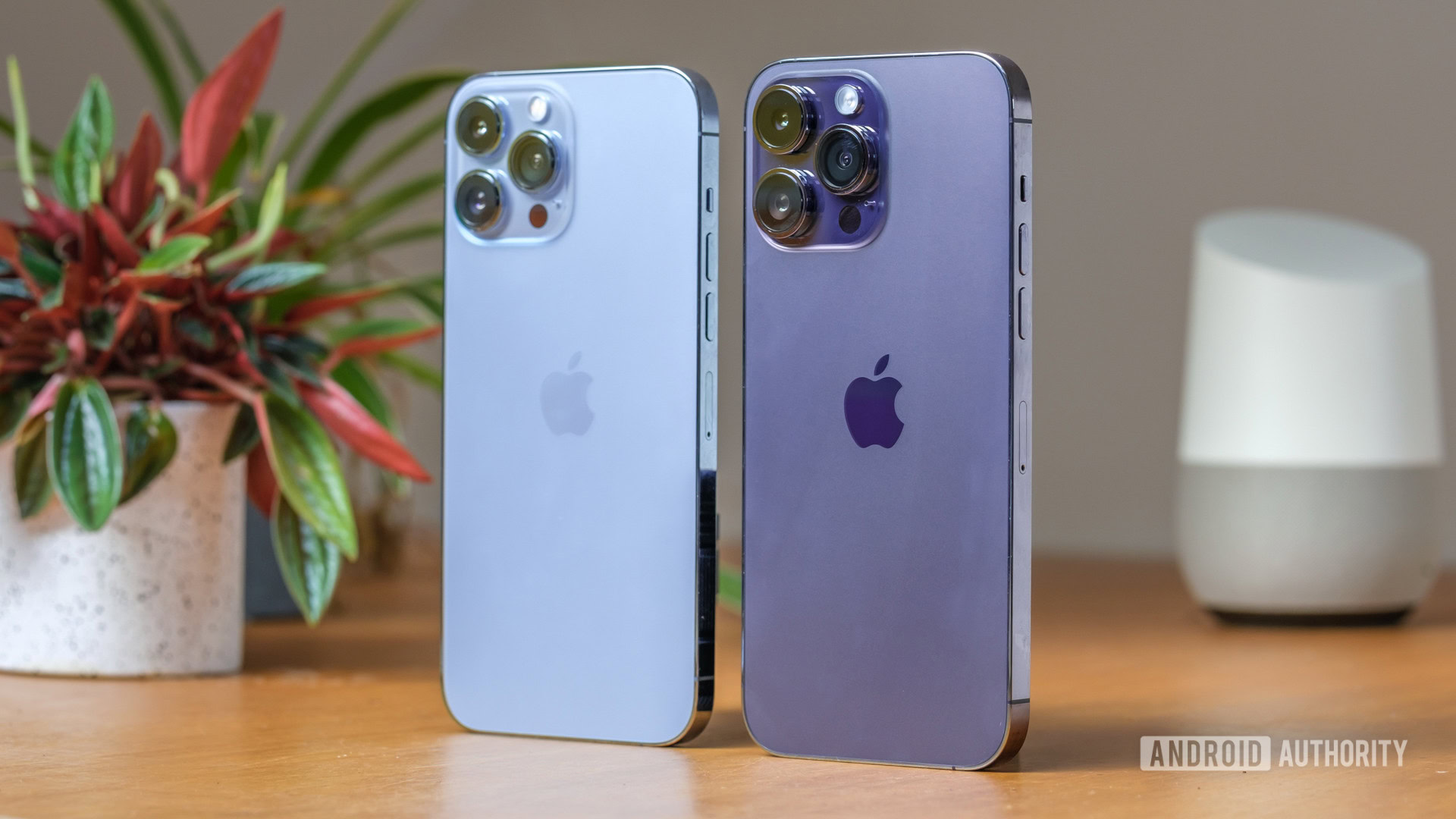
The rumored Capture Button is a bigger departure, though. A proper additional button! One more thing for people to press, configure, and use!
For those of us in the Android world who are used to yearly change, different brands, distinct button configurations, and shifting approaches, this seems so incredibly minor. But for Apple users? This might as well be a monumental change. Did you see the viral video of actress Anya Taylor-Joy failing to snap a selfie on a fan’s Android phone? You and I might laugh all we want at that silliness, but the reality is that many Apple users aren’t used to change. Or adapting to it.
So it must be a real testament to the appeal of physical buttons to see Apple dare add another physical key to its biggest money-maker. And it’s a real admission that, no matter how straightforward you make a touch interface, you just can’t beat a proper button. Not in tactile feedback, not in speed of access or permanence as a shortcut, and not in the simplicity of its interaction.
A physical button is Apple's concession that even a lock screen camera shortcut isn't as fast.
Press a button and something happens. No matter when, how, or where. A button is constant and reliable. It’s always there. Whatever app you’re using, whether your screen is on or off, and whether your phone is in front of you or you’re still taking it out of your pocket. The button will do its thing.
And if Apple wants to make a bigger push into photography and video, as the Capture Button rumor suggests, then it needs to speed up access to camera captures from any app or any screen. A physical button is Apple’s concession that even a lock screen camera shortcut isn’t as fast.
Buttons are cool and Apple should’ve learned that lesson years ago
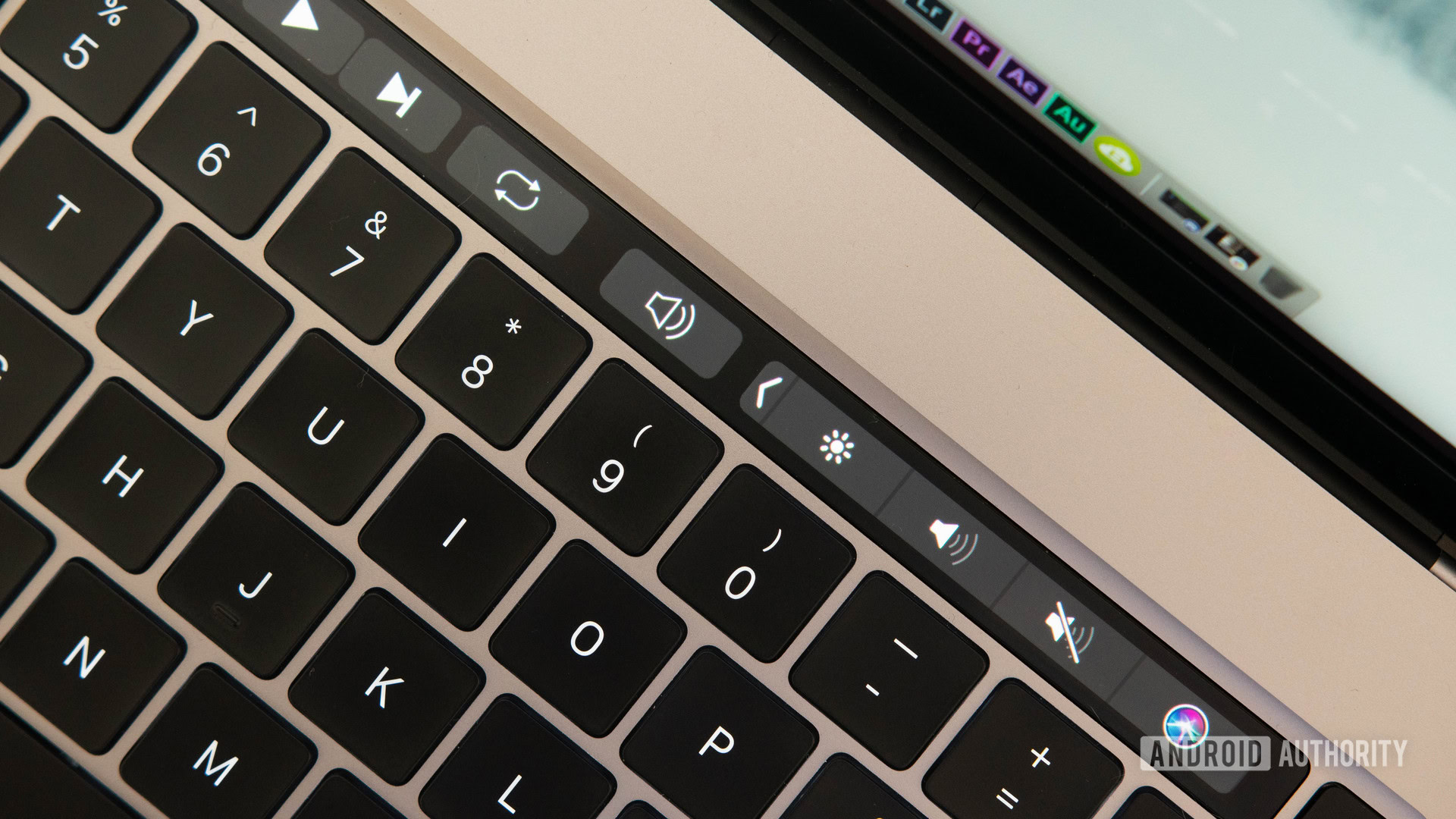
Cough, Touch Bar, Cough.
Need I say more?
For four years, Apple tried and tried to make a customizable small touch display happen on its MacBook’s line-up, only for users to hate every bit of that. After clamoring for the physical function keys’ return, everyone was happy to see Apple concede and ditch its Touch Bar.
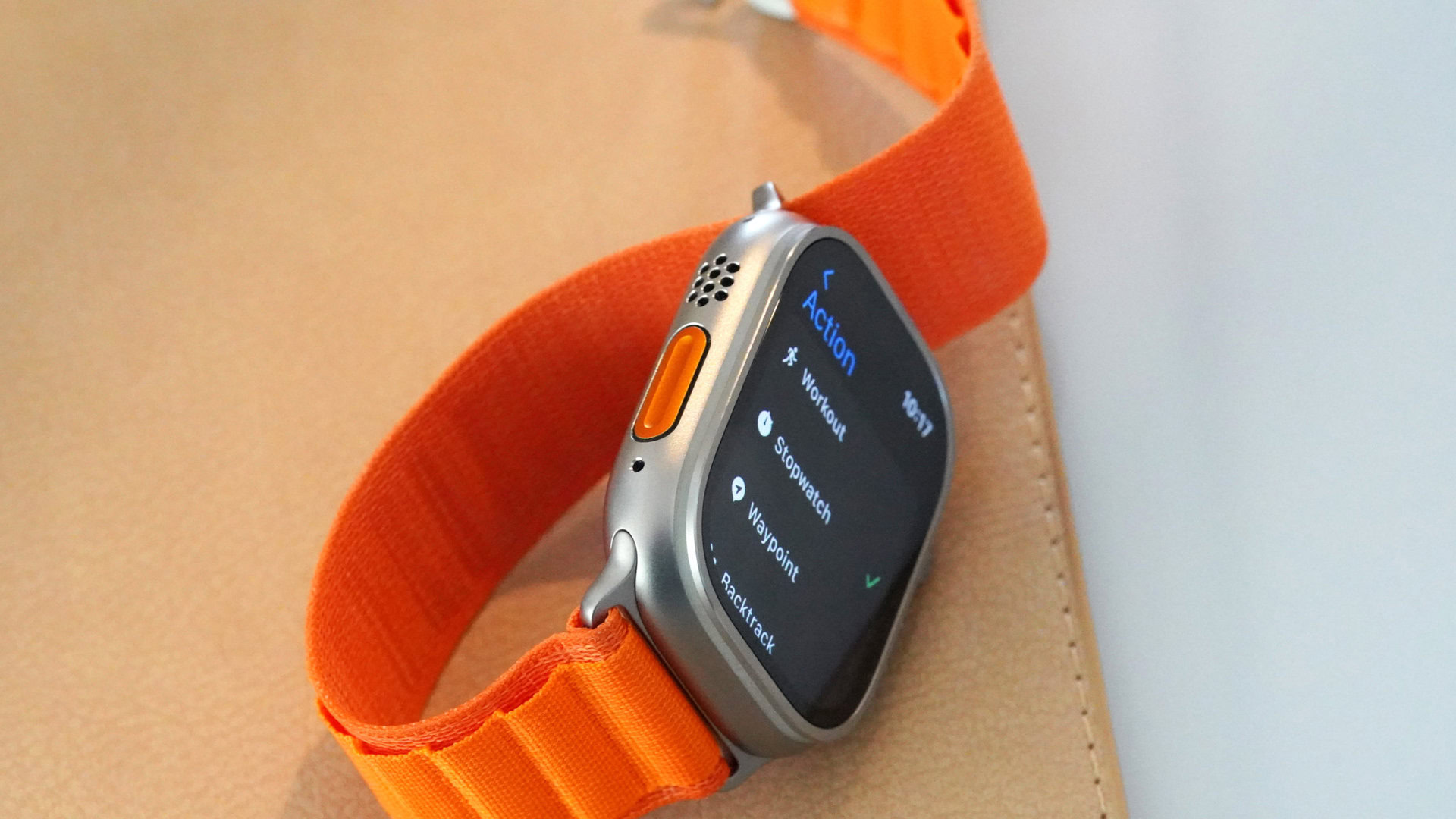
Another button story unfolded with the Apple Watch Ultra and its bright orange Action Button. Once again, after years of trying to mold smartwatches into a touch-first experience, Apple implicitly conceded that a proper active watch needs a couple of physical buttons. Something Garmin had realized eons ago.
Apple conceded that Garming was always right: An active watch needs proper buttons.
People who are running, cycling, rowing, hiking, or doing any kind of intense activity can’t stop in the middle of their movement just to scroll, swipe, and tap on a button. That ruins their momentum, messes up with their timings, and could even be potentially dangerous. Once again, a physical button is superior because it just does the thing you want it to do and you don’t even need to look at it.
Now that Apple has turned, will everyone else follow?
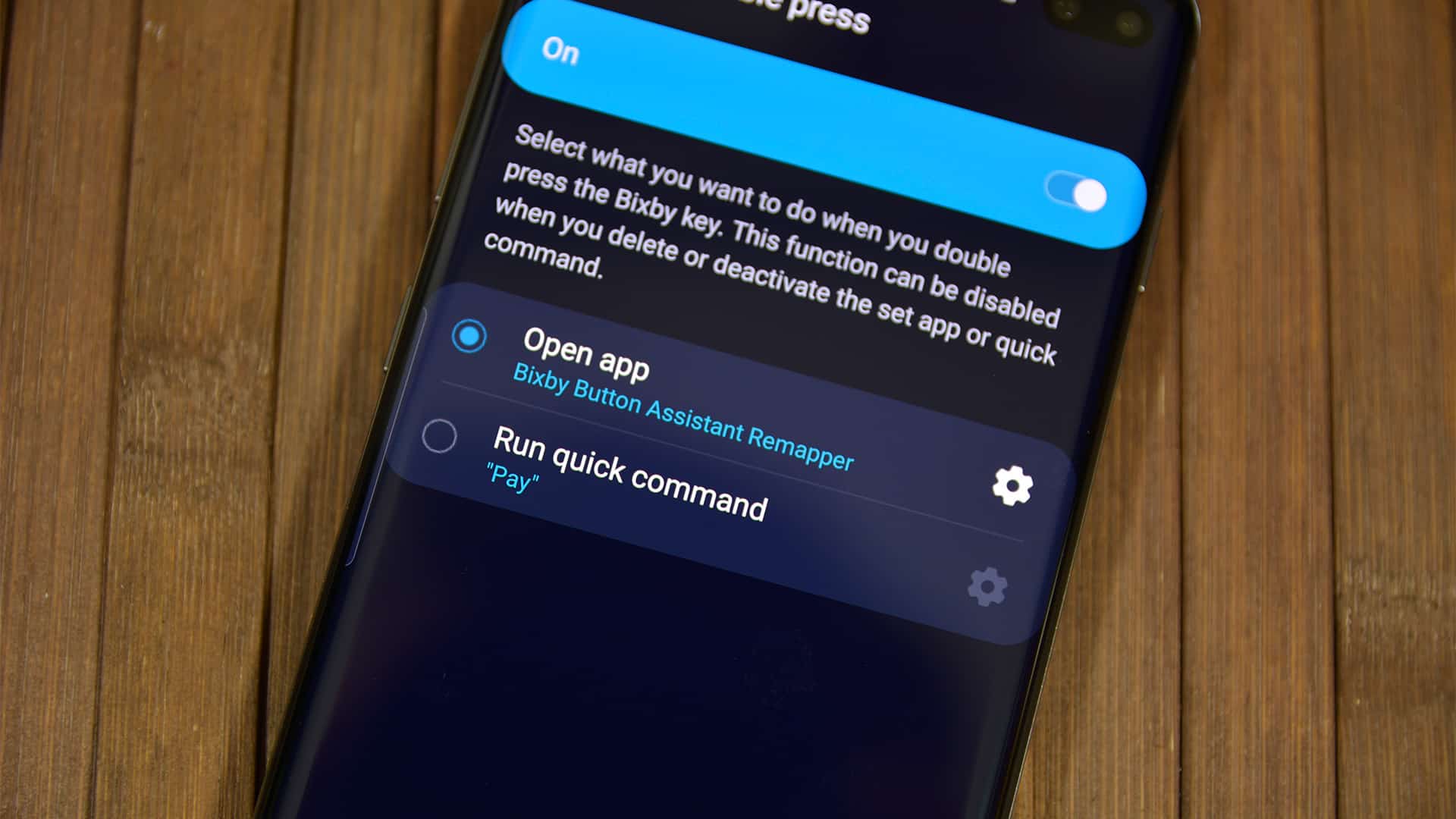
As much as I dislike calling Apple an industry trendsetter, there’s no denying its influence on every other brand. Apple removes the 3.5mm port? Everyone does. Apple stops shipping a charger with its phones? Everyone mocks it and then quickly copies that move. The past decade is full of examples of Apple implementing something (that was often already tried by another brand, mind you) and Android manufacturers immediately adopting that trend.
I’ve already said that I want Android brands to adopt a customizable Action Button lookalike, but now that there’s an option for more buttons on the iPhone, I just want more on Android, too. Just give me a couple of customizable keys on my Pixel and Galaxy!
I really hope that this particular Apple trend catches on. I want easier access to my password manager, my to-do list, video capture, WhatsApp, Google Search, and so on. And I want that access without having to unlock my phone, stare at the display to make sure I’m on the right screen (home, lock, whatever), and tap on a specific target. No, I want that to be faster, seamless, more convenient, and reliably there — no need to look at the phone. And that’s physical buttons for you.
Just don’t overdo it with five buttons on each side, and we’re good.